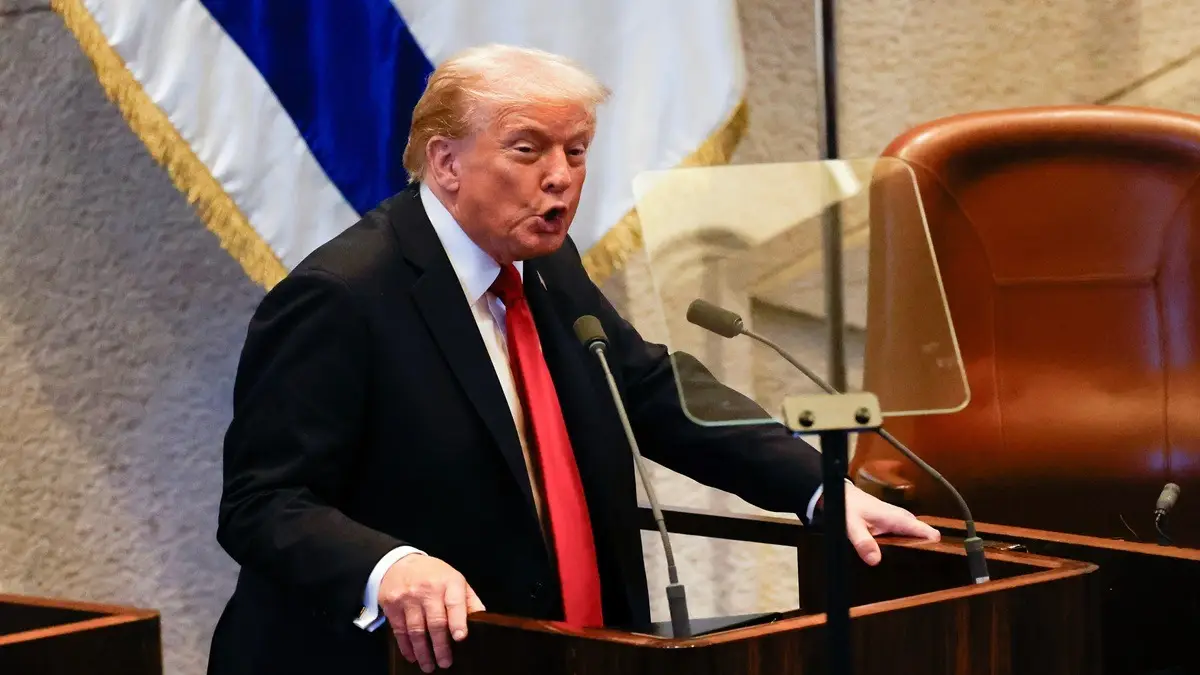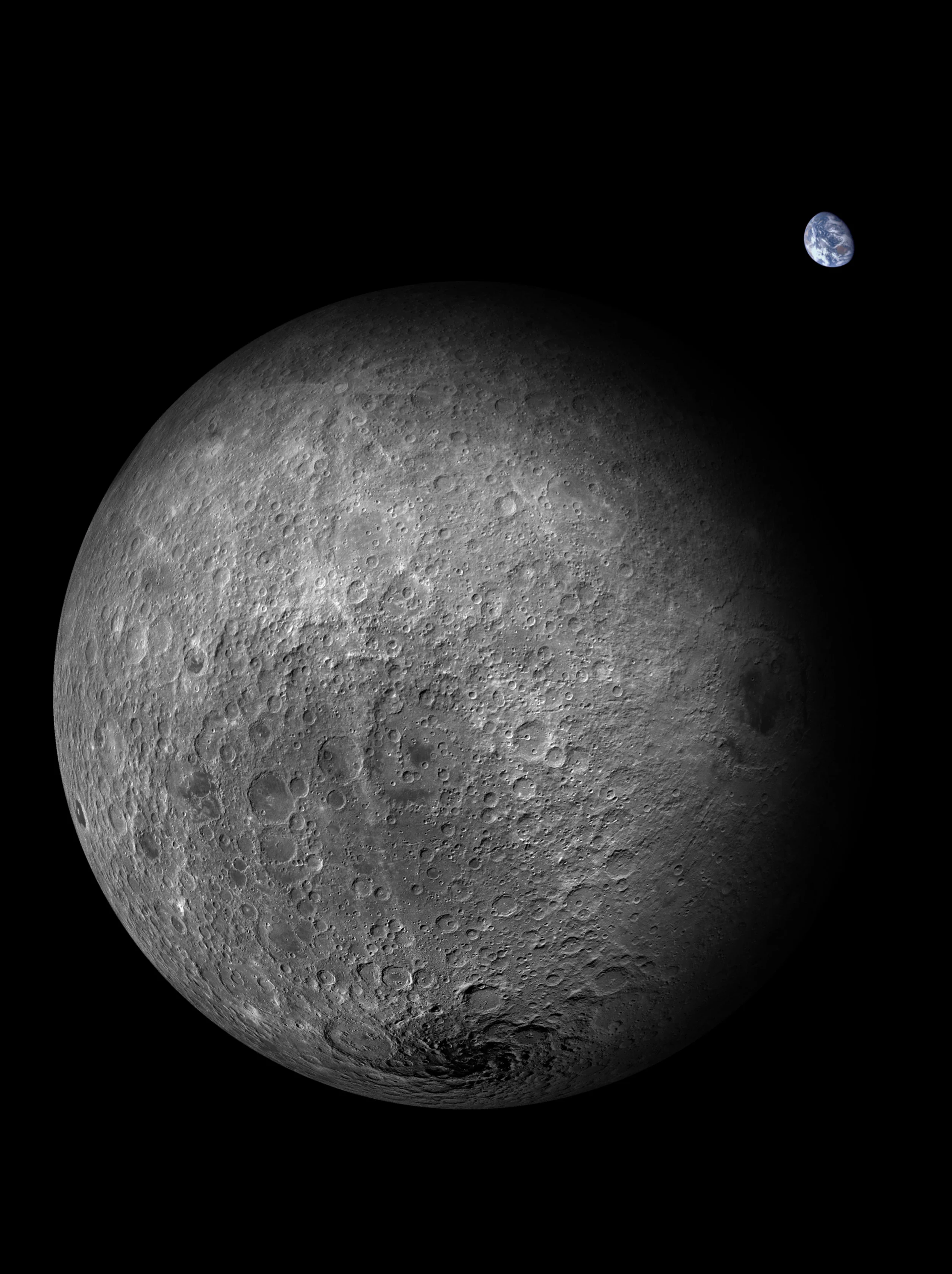Copyright republicworld

US President Donald Trump’s visit to Asia signals a renewed push to reshape global trade and resource networks, with a clear objective — reduce Washington’s dependence on China. Senior American officials say the tour aims to “unlock the region’s resources,” strengthen supply chains, and draw investments back to the US, according to a report by Bloomberg. While the immediate goal is to secure new economic and mineral agreements, the move could have ripple effects across Asia, especially for emerging economies like India that are working to diversify their own trade and manufacturing bases.At the heart of Trump’s agenda are rare earth minerals — essential for electronics, renewable energy, and defence technology. China dominates this sector, accounting for more than half of global supply. In response to Beijing’s export curbs, Trump has warned of imposing up to 100% tariffs on Chinese goods if restrictions persist.To counter China’s dominance, Washington recently signed an $8.5 billion pact with Australia to secure non-Chinese sources of critical minerals. Analysts see this as part of a larger effort to build secure, transparent supply networks across the Indo-Pacific.Also Read: Trump Seeks Asia Mineral Deals To Cut China’s Grip Ahead Of Xi Meeting | Republic WorldFor India, this geopolitical and economic shift presents both opportunities and challenges. The country has significant reserves of rare earth elements but lacks large-scale processing capabilities. Stronger ties with the US, Australia, and Japan under frameworks like the Quad could help India attract technology and investment to build self-reliance in strategic minerals.India’s “Make in India” and Production-Linked Incentive (PLI) initiatives align well with this global reorientation. As Washington and its partners reduce dependence on Beijing, New Delhi could emerge as a key manufacturing and logistics hub in the new supply chain map of the Indo-Pacific.



